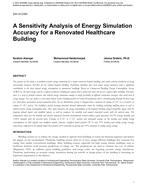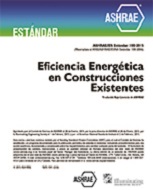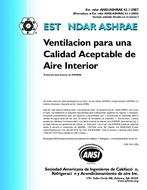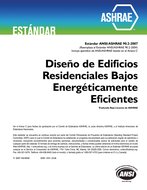Description
The purpose of this study is to perform accurate energy simulation for a major renovated hospital building and enable accurate prediction of energy conservation measures (ECMs) for the studied hospital building. Healthcare buildings have been major energy consumers with a significant contribution to the total annual energy consumption in commercial buildings. Based on Commercial Building Energy Consumption Survey (CBECS), the total energy used by a typical healthcare building per square-foot is about two times the use of a typical office building. Therefore, there is a need to provide accurate and reliable energy simulation models to study feasibility of different renovation strategies that could lead to energy savings. The case study is a nine-story clinical science building located in Central Pennsylvania that is currently going through the final stage of a three-phase mechanical system renovation where the air distribution system is changed from a constant air volume (CAV) to a variable air volume (VAV) system. The building’s facility manager provided detailed information about the building, including building plans as well as metered electric energy consumption data. This study simulates the energy consumption of the hospital building using EnergyPlus engine with the program default inputs and modified inputs, as well as compares the monthly and annual simulated results with the metered data. The comparisons show that the monthly and annual simulated electricity consumptions remain within a good agreement (14.5% average monthly and 13.0% annual) with the metered data. Changes of CAV to VAV systems had noticeable savings on the heating and cooling energy consumptions in both default and modified models; however, modified model predicts 29 % and 15% heating and cooling energy savings, respectively, compared to the default model that predicts 43% reduction in heating and 19% reduction in cooling energy savings.
Citation: ASHRAE Papers CD: 2014 ASHRAE Winter Conference, New York, NY
Product Details
- Published:
- 2014
- Number of Pages:
- 8
- File Size:
- 1 file , 1.6 MB
- Product Code(s):
- D-NY-14-C091




